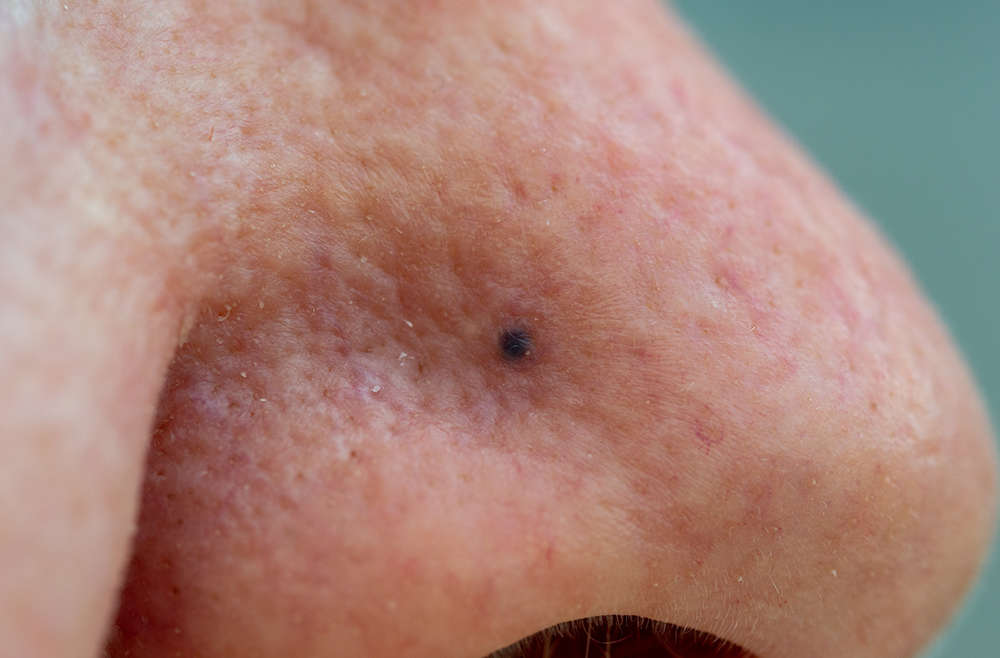Traumatic Tattoo Removal
Understanding Traumatic Tattoos
Traumatic tattoos, also known as “foreign body tattoos,” occur when particles such as dirt, graphite, asphalt, gunpowder, or other debris become embedded in the skin due to an injury. These particles can leave permanent marks resembling traditional tattoos, which may be cosmetically undesirable or cause discomfort. Common incidents leading to traumatic tattoos include road accidents, explosions, pencil punctures, or any injury where foreign particles penetrate the skin.
Causes of Traumatic Tattoos
- Road Accidents: Falls or skids on asphalt can embed particles into the skin.
- Explosive Injuries: Fragments from explosions can lodge into the skin.
- Pencil Injuries: Accidental punctures with pencils can leave graphite under the skin.
- Occupational Exposure: Workers exposed to metal shavings or other particulates may acquire traumatic tattoos through minor injuries.
Laser Treatment for Traumatic Tattoo Removal
Laser therapy is the most effective method for removing traumatic tattoos. The laser targets the pigment particles in the skin, breaking them down so that the body’s immune system can naturally eliminate them over time.
- Q-Switched Lasers
- Mechanism: Emit high-intensity pulses of light that specifically target pigment particles without damaging surrounding tissue.
- Effectiveness: Suitable for darker pigments, such as those from graphite or asphalt.
- PicoWay Lasers
- Mechanism: Utilize ultra-short pulses to shatter pigment particles more effectively.
- Advantages: Can remove a broader range of pigments and often require fewer sessions.
The Traumatic Tattoo Removal Process
- Initial Consultation
- Assessment: Evaluate the size, depth, and type of embedded particles.
- Medical History: Discuss any skin conditions or previous treatments.
- Treatment Sessions
- Number of Sessions: Multiple sessions are typically required, spaced several weeks apart.
- Session Duration: Each session may last from 15 to 30 minutes, depending on the size of the tattoo.
- Pain Management: Topical anesthetics may be applied to minimize discomfort. Our Zimmer machine can be used to provide chilled air to the site being treated.
- Post-Treatment Care
- Wound Care: Keep the treated area clean and protected to promote healing.
- Avoid Sun Exposure: Protect the area from UV rays to prevent pigmentation changes.
- Follow-Up: Attend all scheduled appointments to monitor progress.
Benefits of Laser Traumatic Tattoo Removal
- Effective Results: Significantly reduces or eliminates the appearance of traumatic tattoos.
- Minimally Invasive: Laser treatment avoids the need for surgical excision.
- Precision: Targets pigment particles while sparing surrounding healthy tissue.
- Minimal Downtime: Allows for quick return to daily activities.
Schedule a consultation with our highly experienced staff at our McLean or Woodbridge, VA dermatology offices to discuss your traumatic tattoo removal options and develop a personalized treatment plan tailored to your needs.
FAQ
- Can all traumatic tattoos be removed?
Most traumatic tattoos can be significantly lightened or removed with laser treatments. The success depends on factors like particle type, depth, and location. - Will the procedure be painful?
Some discomfort may be experienced during the procedure; however, to minimize any pain, topical anesthetic creams or local injections will be applied as needed. - How many sessions are needed?
The number of sessions required typically ranges from 2 to 6, and sometimes more, depending on factors such as the type of ink, pigment, and the area being treated. - Are there any side effects?
After the treatment, you may experience mild erythema (redness), edema (swelling), and bruising. These effects are normal and typically subside within a few days. While serious side effects and adverse reactions are uncommon, they will be thoroughly reviewed during your consultation, as individual patient factors and the type of ink used can affect treatment outcomes. - Will there be scarring?
When performed by experienced professionals and with proper aftercare, the risk of scarring is minimal. - How should I prepare for the treatment?
Avoid sun exposure, tanning products, and certain medications as advised by your provider before the procedure. - Can traumatic tattoos on any part of the body be treated?
Yes, lasers can treat traumatic tattoos on most body areas, but the effectiveness may vary depending on skin type and location. - Is laser tattoo removal safe for all skin types?
Laser treatments can be adjusted for different skin types, but a consultation is necessary to determine the safest and most effective approach. - What is the recovery time after each session?
Most patients can resume normal activities immediately, but it’s important to follow aftercare instructions to ensure proper healing. - Will insurance cover the cost of traumatic tattoo removal?
Laser treatment for traumatic tattoo removal is typically considered a cosmetic procedure and is not covered by insurance. Financing (eg. CareCredit) options may be available.
DISCLAIMER: This content is for educational and informational purposes only and is not intended as medical advice. The procedures described involve cosmetic treatments and carry risks and potential complications. Results may vary and are not guaranteed. Consultation with a dermatology care provider experienced in these procedures is essential to discuss risks, benefits, and other concerns. The procedures should only be performed by a qualified and licensed medical professional. It is critical to follow all post-procedure instructions from your provider for the best possible outcome. Any decision to undergo these procedures should be made after careful consideration and consultation with a qualified healthcare professional.

